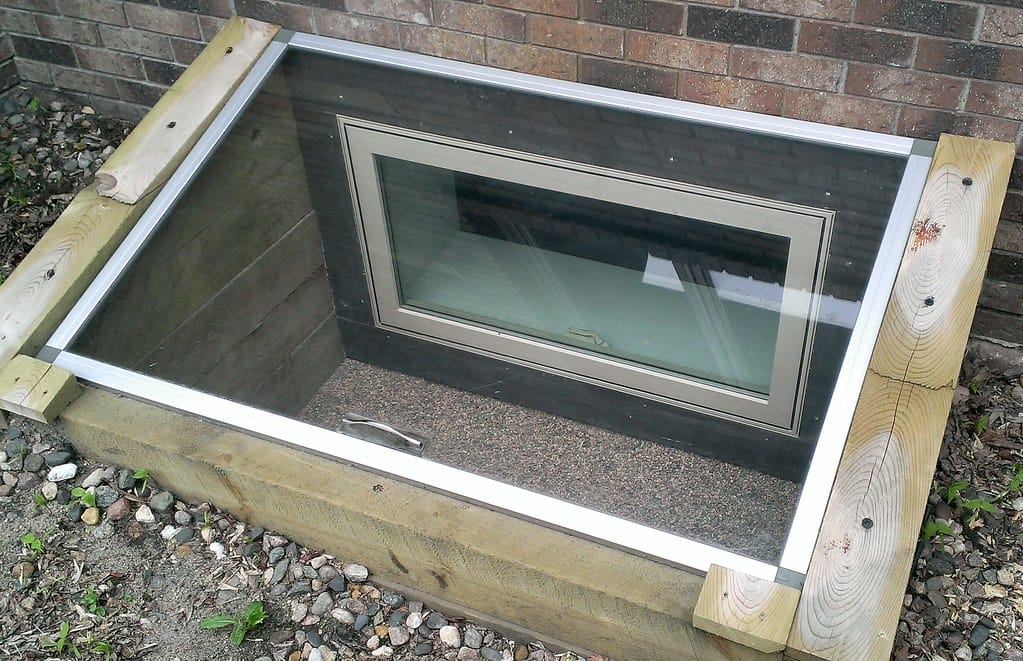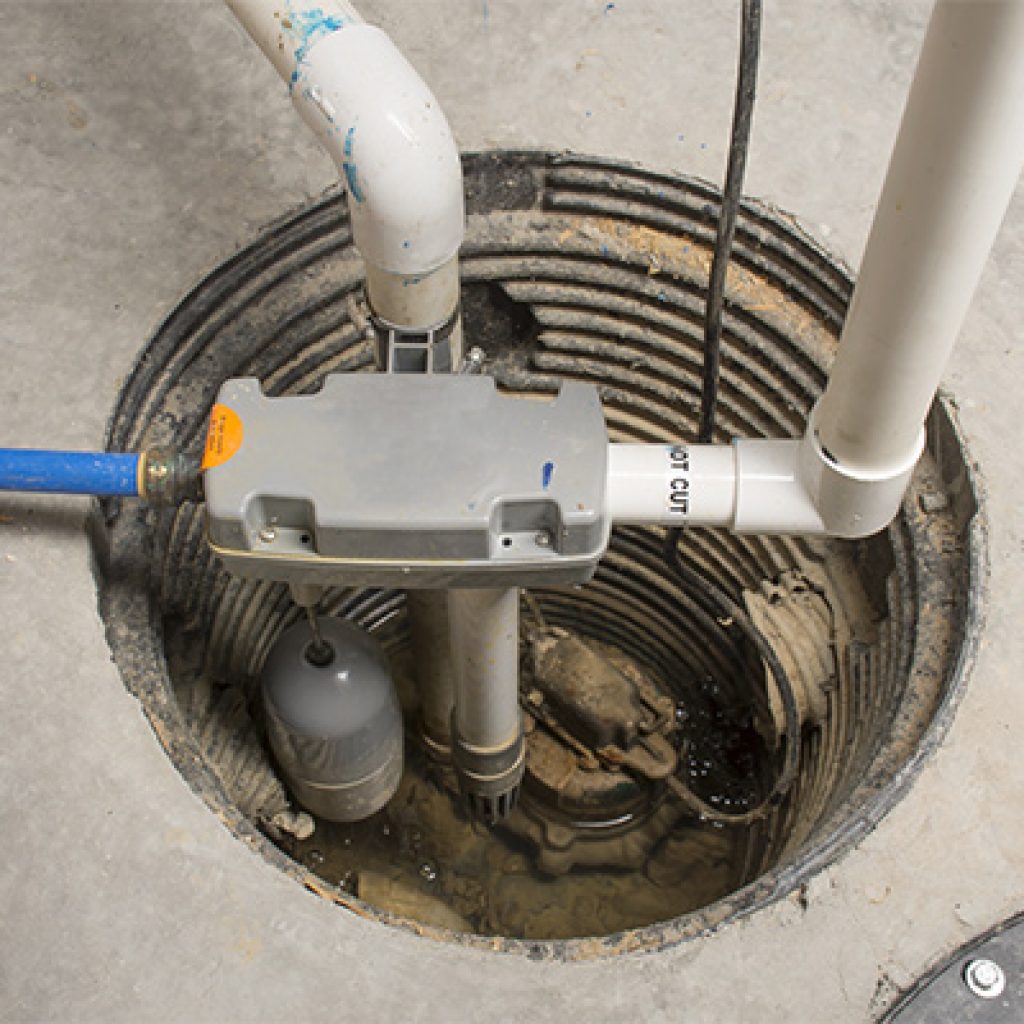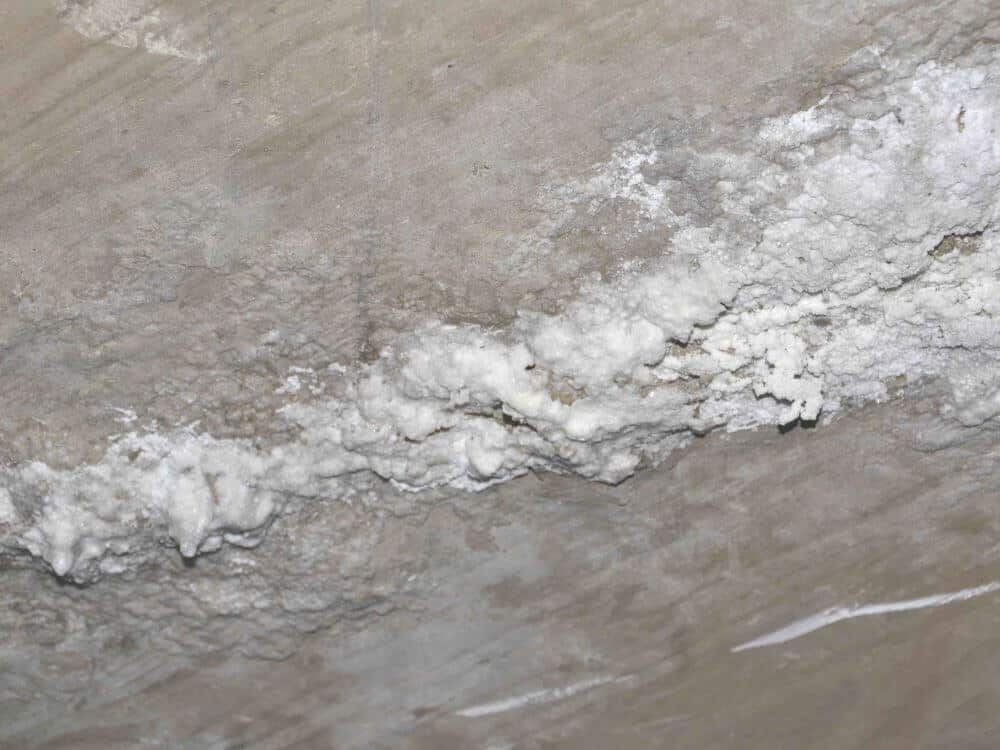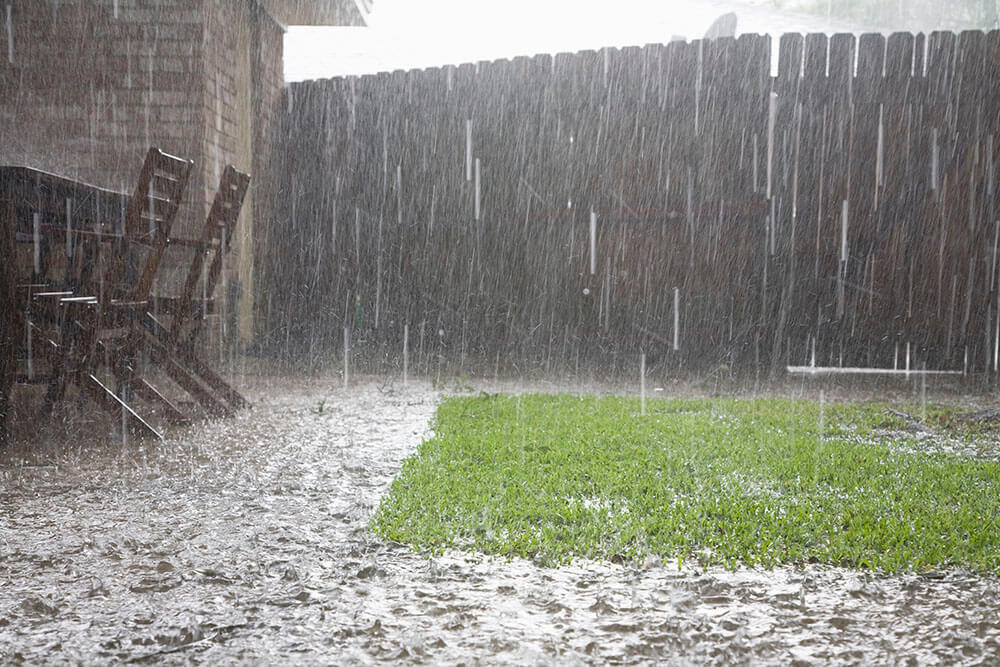Although basements weren’t traditionally designed to have windows, most modern homeowners prefer them to let light into their basements. Window wells are cutouts that go around the window. They must be fitted precisely to your window. Proper fitting and maintenance of your window well help to prevent leaks which would otherwise be a significant problem for your basement.
What is a Window Well?
Window wells exist to prevent water penetration through your window and to protect the window frames in general. They are U-shaped holes that are made to fit around your window, designed to allow more light to shine through it into your sub-grade basement. They can also function as an emergency exit if you would have no other reachable point to evacuate in a dire situation.
Window wells also play an essential role in preventing water damage to window frames. Window wells should be equipped with a drainage system to prevent water from pooling up and flooding your basement via the window.
If you plan to put in a window well for your home, the very first thing that you need to do is clear away the earth surrounding the window. Clearing this area is necessary to create the access required to install the window well. In order to account for proper drainage, the depth of this excavation should be at least one foot lower than the bottom of the windowsill.
Should you want to add a window well to your home, it’s essential to have it installed by a qualified professional. Improper installation can lead to a host of problems, such as flooding, and the consequences can be majorly expensive. Although you’ll have to pay for the installation when adding in your window well, you’ll save big by protecting yourself from potential damages down the line.
Why is it worth it to install window wells in the first place? For one thing, the added light and protection from flooding make your basement a much more attractive living option. After all, any reasonable person would want to live in a space that is brighter and safer from flooding.
A window well gives your basement the chance to be a bit more open to the outside world. Rather than feeling like a musty, dark dungeon, it turns it into a much more livable room. Having an additional emergency exit in your home is also a huge plus in terms of home safety and security.

Window Well Complications
Despite the advantages which window wells can provide for your home, there are also a few complications which you should watch out for. If not adequately maintained, window wells can contribute to severe damage to the lower level of your home. Never fear, as proper installation and maintenance are the primary keys to preventing window well complications.
Having a window well which is covered is the first step to maintaining the integrity of the dirt sides of the well. If you’re shopping for a window well cover, you’re likely to find plenty of quality models made of steel or polyethylene. Window well covers play the all-important role of blocking debris, maintaining the integrity of the well without any dirt falling onto your window.
Beyond that, there are a few other window well complications that you should watch out for:
Blockage and build-up within your window well — leaves, dirt, and other debris can build up within your window well over time. Not only can this cause damage to your window, but it might plug the drain as well. Whether your window well uses a pump drain, weeping drain, or shallow French drain, you should clean out the well regularly to prevent drain blockage.
Your gravel becomes mud-like over time — as small dirt, water, and other debris get between your well’s gravel, it can start to build up and cause draining problems. If you notice that your window well isn’t draining properly, gravel-related build-up may be the culprit. In this case, try replacing your old gravel with fresh gravel and see if the situation improves.
Draining problems — if your window well fails to drain properly, you may experience minor basement flooding below and around the window. You can troubleshoot this by partially filling the well to see how fast it drains. If the water fails to drain, you can use a portable sump pump to remove the water which has accumulated in the window well.
Maintenance Options
Maintaining your window well is the best way to ensure that none of the complications listed above happen to your home. Fortunately, maintaining a window well is a relatively low-maintenance job, and routine cleaning ought to keep things in top shape for you.
For starters, you’ll want to clean out debris from within your window well regularly. As a rule of thumb, you should aim to do this at least twice a year. After you’ve cleaned out any debris, also check the drain for any clogging that may have developed since the last time you cleaned your window well.
One beneficial preventative measure that you can invest in is a window well cover. A cover will not only keep the shape of the well supported and intact, but it also protects the window from coming into contact with a lot of potentially harmful debris. Most window wells are also designed to allow light to shine through to your basement.
Replacing gravel from time-to-time is a maintenance measure that you should perform regularly. Fresh gravel that hasn’t been clogged allows for proper drainage while also protect the window well from the elements.
Window wells add value to your home by increasing your safety and security and creating a more functional and enjoyable living space in your basement. If there is more natural light, you’ll be more apt to make use of the basement space of your home.
By following these necessary maintenance measures for your window well, you should be able to keep your basement, windows, and the well itself in great shape for years to come.




